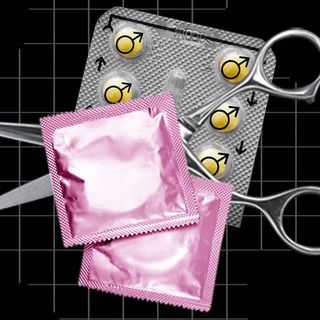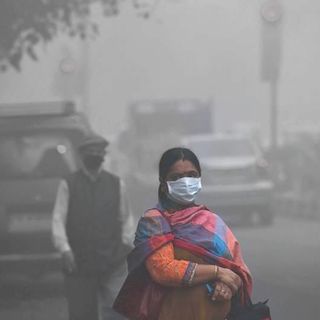HPV vaccination results in a large-scale decrease in HPV infections and precancerous cervical lesions among girls and women, according to a new, long-term mega-study of 60 million individuals across 14 high-income countries published in The Lancet.
The preventative effect was strongest for girls who received the vaccine between ages 13 and 19. Among this group, the prevalence of HPV 16 and 18 (the two infections responsible for most cervical cancer cases) dropped by 83%, compared to the same group at the same period of life before the vaccine was introduced to the population.
More importantly, the incidence of precancerous cervical lesions dropped by half among vaccinated girls aged 15 to 19.
This studyis the latest in a string of long-term, population-scale studies to establish the effectiveness of the HPV vaccine in preventing cervical cancer. Cervical cancer is the second-leading cause of cancer deaths among women in India, but recent public health efforts have focused more on screening for precancerous lesions and their removal, rather than actual prevention. In 2016, Delhi became the first Indian state to introduce a program for the vaccine, initially targeted to Class VI girls; Punjab, too, has a similar program. Research has found the HPV vaccine is also effective for men and boys, who are often unwitting transmitters of the infection, though current programs do not include them.
Related on The Swaddle:
Study: Awareness, Availability of HPV Vaccine Does Not Increase Risky Sexual Behavior in Teens
The HPV vaccine prevents infection by several strains of the human papillomavirus. Some HPV strains cause warts in the genital and anal region for men and women, some manifest no obvious symptoms, and some cause cellular changes — precancerous lesions — that can develop into cervical cancer among women. More rarely, HPV infection can cause precancerous lesions among men that can develop into anal and penile cancers.
The HPV vaccine is most effective when administered in the preteen years, but does offer some protection for older girls and women, even for those who are already sexually active. Yet, it is not included in the Indian Academy of Pediatrics’ list of essential childhood vaccines, nor in the Ministry of Health and Family Welfare’s national immunization program. Parents also report being wary of the vaccine due to lack of awareness, high cost, and rampant misconceptions. Trials of the HPV vaccine in India and elsewhere have been plagued by mismanagement, feeding misconceptions over safety and giving a life-saving immunization a bad rep.
Related on The Swaddle:
However, with targeted and dedicated efforts, “HPV vaccination could become a hallmark investment of cancer prevention in the 21st century,” said Silvia de Sanjosé, Ph.D., director of the Scale-Up project for reproductive health at PATH, and a former president of the International Papillomavirus Society, in a published commentaryaccompanying the research. de Sanjosé called on countries to “re-evaluate their policies” in light of the report’s findings, identifying “gender-neutral vaccination, number of age cohorts to be included, expansion to adult populations, and number of doses” as specific areas to be considered.




